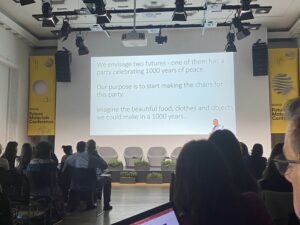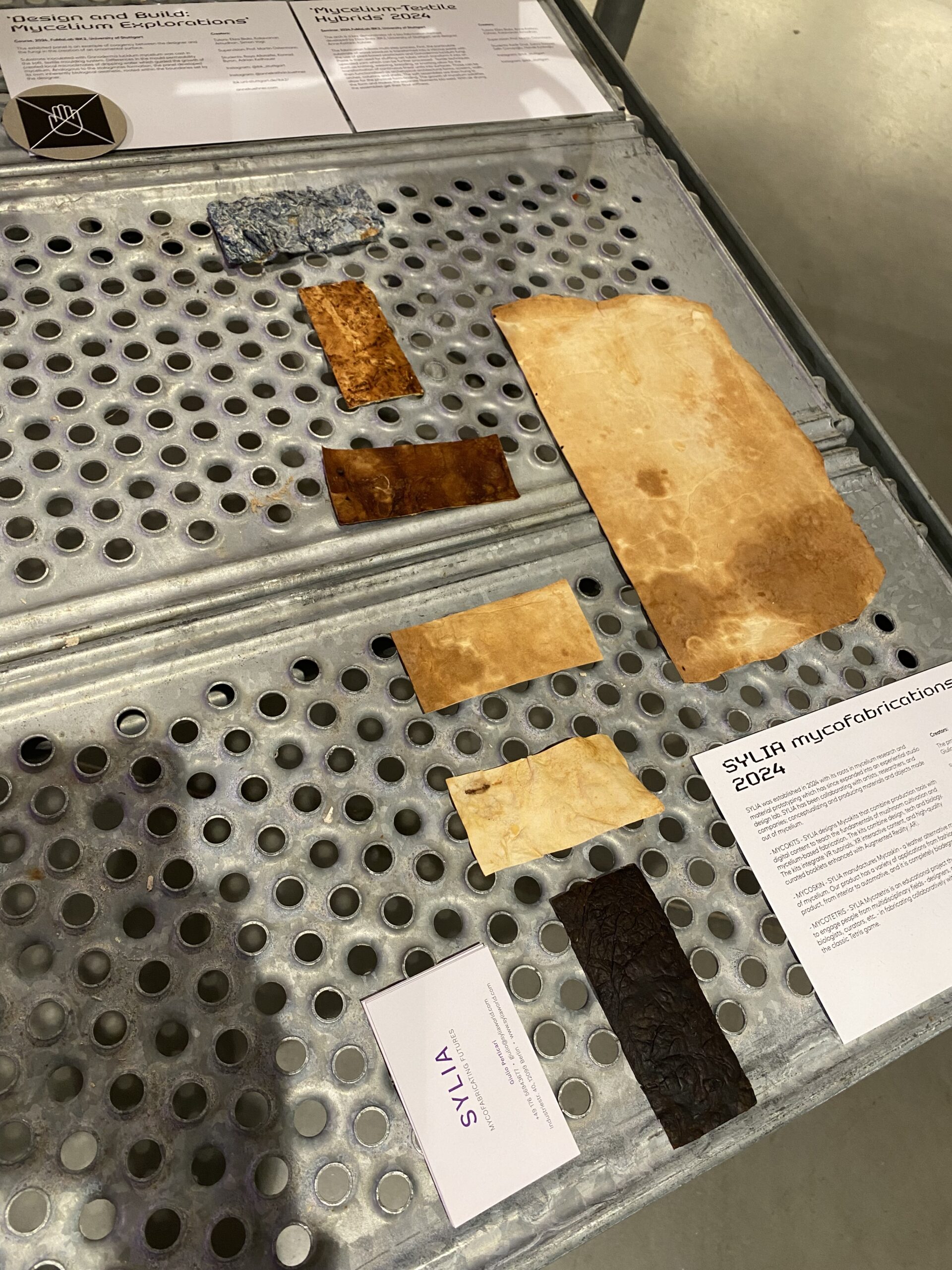The Innovation Center of Moholy-Nagy University of Art and Design invited us to present at its third Future Materials Conference on 7-8 November 2024, in Budapest, Hungary. This year’s they chose a theme that explores the relationship between craftsmanship and advanced technologies within the latest trends, on both micro and macro scales.


The conference gathered designers, researchers, industry representatives, and students to discuss the latest in material research and industry trends. Invited speakers from sectors such as fashion, architecture, packaging, and automotive showcased projects ranging from early-stage experiments to marketable products, including those nearing mass production. Through lectures, discussions, and workshops, the event explored the latest technologies and breakthroughs in material innovation.





